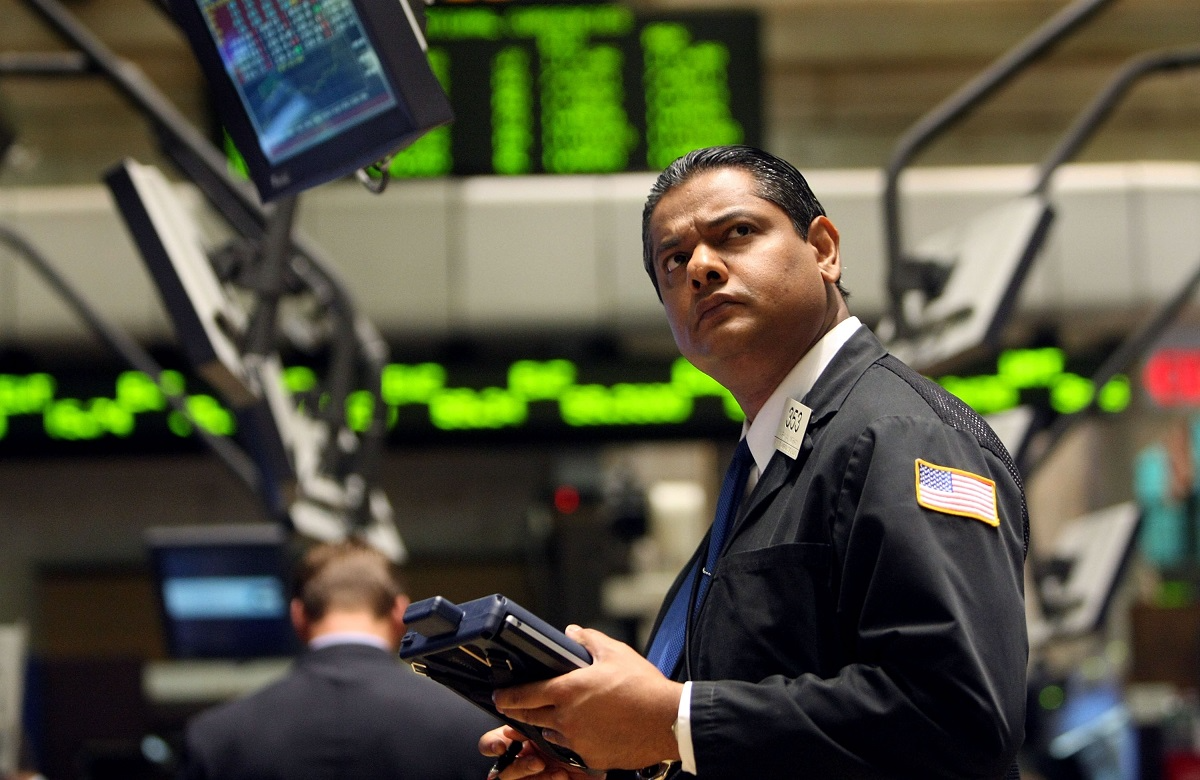After four-plus months of trading in 2014, the Dow Jones Industrial Average (^DJI +0.47%) is ... right back where it started. The index has zigged and zagged a fair bit since the start of the year, but it has not been able to move any higher, or stay significantly lower, for very long:
This degree of flatness isn't unprecedented. In its early history, the Dow ended three years essentially unchanged -- in the final trading days of 1902, 1911, and 1926, the blue-chip index ended at a value less than half a percent away from where it had closed on the first trading days of the year.
These go-nowhere years weren't replicated again for another eight decades, until the Dow started 2005 off with a first-day closing value of 10729.43 points and finished out the year at 10717.50 points, for an annual change of barely 0.1%.
These were the Dow's least-interesting years. The average has also experienced some hugely momentous years, the sort that rival the more speculative Nasdaq Composite's 86% surge in 1999. In the first full year of trading during World War I, the Dow took off from its 1914 year-end close of 54.58 points to reach 99.15 points on the last day of 1915, for an astronomical annual gain of nearly 82%.
The Dow made a key move in 1915, when the index of 12 stocks (it didn't expand to its modern roster of 30 companies until 1928) replaced the preferred shares of a leather trust with General Motors (GM +0.83%). This was first automaker to join the Dow, but car companies would subsequently hold at least one place on the index without interruption for nearly a century, until General Motors was removed in 2009 following its bankruptcy. While GM was actually first removed in fall 1916, it was replaced by classic automaker Studebaker, which kept the Dow's designated automaker spot warm until GM replaced its replacement in 1924.
The Dow's second-best year took place in 1933, which witnessed epochal change on Wall Street as newly inaugurated President Franklin D. Roosevelt thundered against "unscrupulous money changers" while promising swift and decisive action to right the nation's listing economy. From the day of Roosevelt's first major executive action to the end of the year, the Dow grew by 83%, which boosted the index's overall growth rate up to 67% for the full year. By comparison, the Dow's sharp rebound in 2009, which began at about the same time of year as the Roosevelt bounce in 1933, produced a gain of only 59% from its low point to the end of the year.
The Dow's second-best year followed closely on the heels of its worst year -- 1931's decline of nearly 53% remains by far its worst annual performance in over a century of trading. In percentage terms this was essentially a worse decline than that seen in any other bear market, from peak to trough, in the Dow's history. The Great Recession in 2008, which was the second-worst bear market in the Dow's history, resulted in roughly the same degree of loss in 18 months that the Dow endured in 1931. However, 1931's drop came hot on the heels of 1930's full-year decline of 34%, which remained the second-deepest annual decline in index history until 2008 -- and even then it only just barely slipped into third place, as the difference between the two years is only half of one-tenth of 1%.
That covers annual changes, but how often does the Dow start and end a single day essentially unchanged? Not too often, as my fellow Foolish Dow-watcher Anders Bylund recently discovered. The Dow closed out April 24 with the same value it had ended up on a day earlier, which is something that has only happened once in the past two decades. While near-matches can happen, two days with the exact same finish, down to the second decimal point, are vanishingly small. However, as we've already seen from the chart above, there doesn't have to be a lot of day-to-day similarity for the Dow to finish out a year more or less in the same place it started.
Huge daily movements are somewhat easier to find than huge annual swings, since there are so many more data points. The Dow's single largest one-day movement, which many older investors will still remember, took place on Oct. 19, 1987. This was the "Black Monday" crash that wiped out 23% of the index's value, or the equivalent of $500 billion in nominal terms, in one day. On the other side of the coin, the second-wildest swing in the Dow's history took place right at the start of President Roosevelt's 1933 rebound. When Roosevelt lifted the bank holiday, imposed after his inauguration, on March 15 of that year, the few investors left standing after years of brutal losses bid up some stocks by as much as 40% above their pre-bank-holiday closing values. By the end of the day, the Dow had gained more than 15%.








